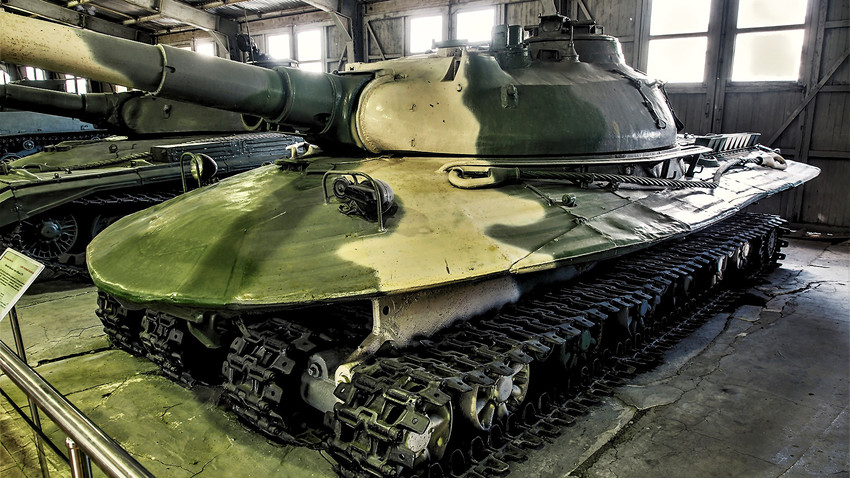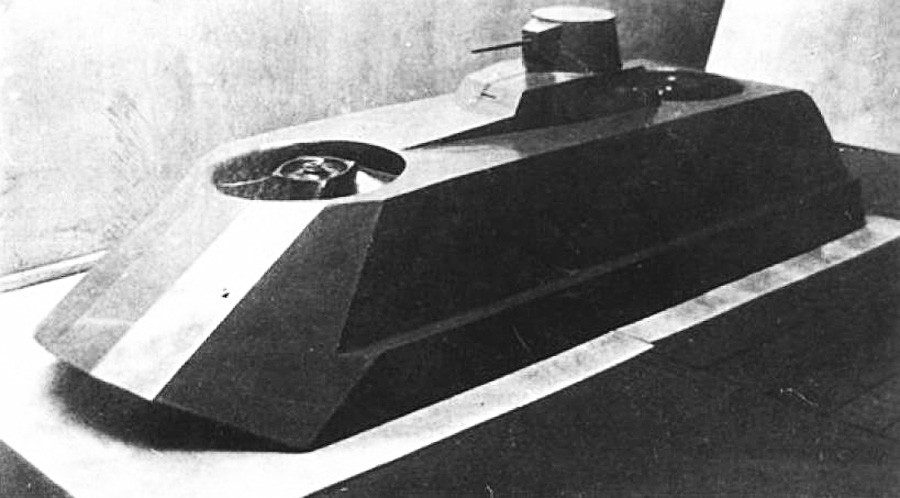Sci-Fi tanks the USSR created to fight Hitler and the U.S.

From 1925 until 1960, Soviet engineers experimented on various types of tanks to create something that the world had never seen before, including flying tanks and the ones able to withstand a nuclear blast!
Winged Tank

In 1937, Soviet engineers worked on an ambitious project - a flying tank MAS-1. It was based on the Soviet light tank,
In essence, this vehicle was a straight combination of a light tank and a jet. The 'tank' had folding wings on top of it to overcome obstacles in the air, as well as a keel and helm to operate during “flight”.
On the front, this ‘tank’ had a two-bladed propeller that was also assisted flight. In order to move on the
The flying vehicle was designed to be operated by a two-man crew and armed with two machine guns - a large-caliber 12,7-mm machine gun and a standard 7,62-mm machine gun.
Potentially, this vehicle was supposed to operate deep behind enemy lines and gather intelligence from above and on the ground.
Engineers even created a wooden model of the future metal monster, yet the military command decided that such ideas were way too futuristic and decided not to spend money in vain.
Swimming Tank

In 1937, Soviet engineers created a tank on an air cushion. The project was dubbed “amphibious flying tank” and was meant to operate in swampy forest regions, in which standard tanks could hardly pass.
The machine was based on the world’s
According to the preliminary tank projects, engineers planned to install two propellers on the
With these engines, the
UFO tank

So, “Object 279” appeared on the world stage in 1959 with every angle created in ellipsoid (spheric) form. This was supposedly done to withstand shock waves of a nuclear missile strike on the battlefield (that was the period in history when both nations believed that every weapon/bullet/mine/bomb would be nuclear charged).
“Object 279” also had four caterpillar tracks that allowed it to overcome higher and tougher terrains compared to other tanks in operation in the late 1950s. So the vehicle was easily able to go through swamps and snow. Its chassis also allowed the tank to overcome most common anti-tank barricades of those days.
Yet, it had a number of minuses that eclipsed all of its strengths. First of all, this vehicle had hardly any
Today, only one prototype of the “Object 279” exists and it can be found in a tank museum in Kubinka in Moscow suburbs.
If using any of Russia Beyond's content, partly or in full, always provide an active hyperlink to the original material.
Subscribe
to our newsletter!
Get the week's best stories straight to your inbox